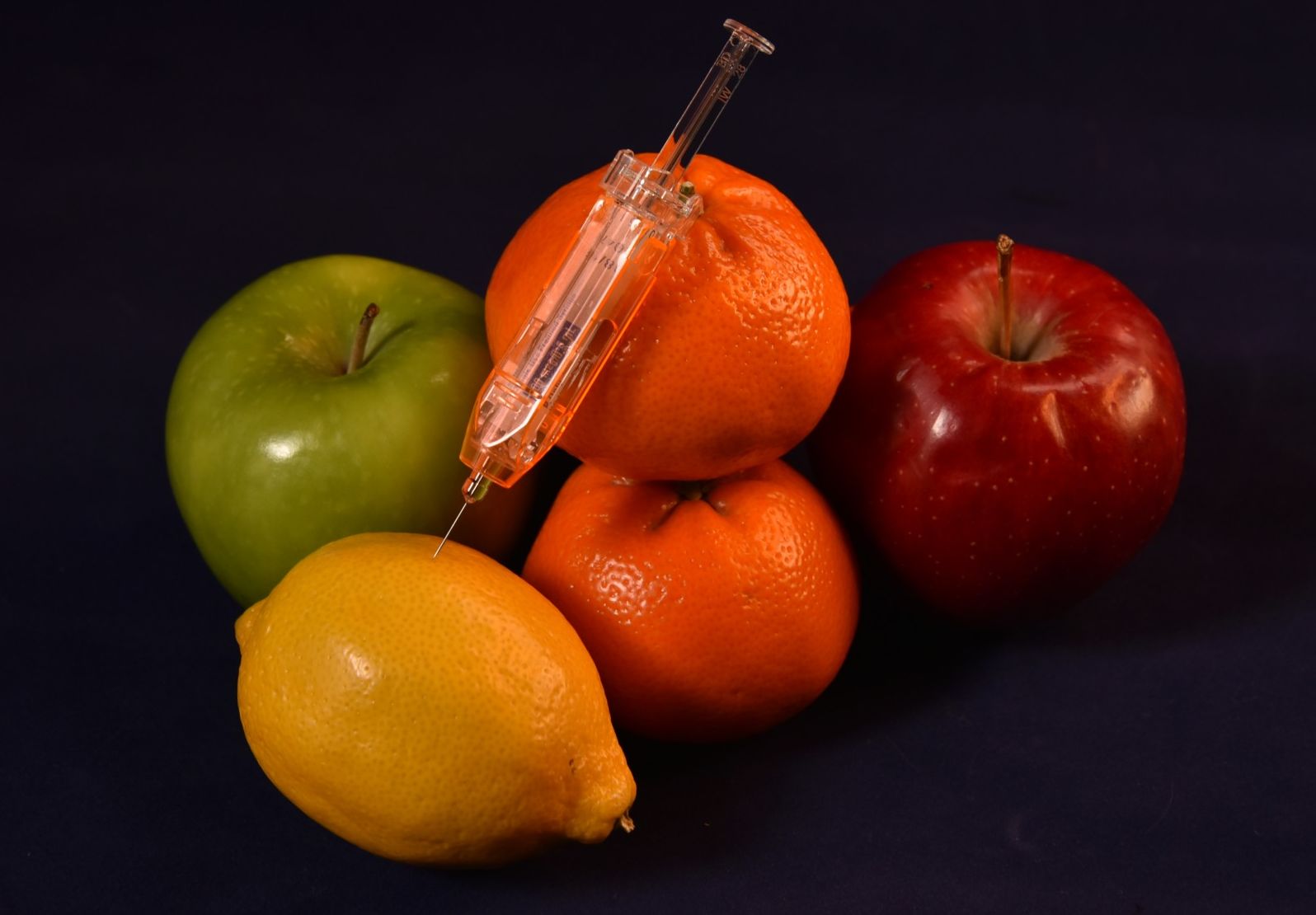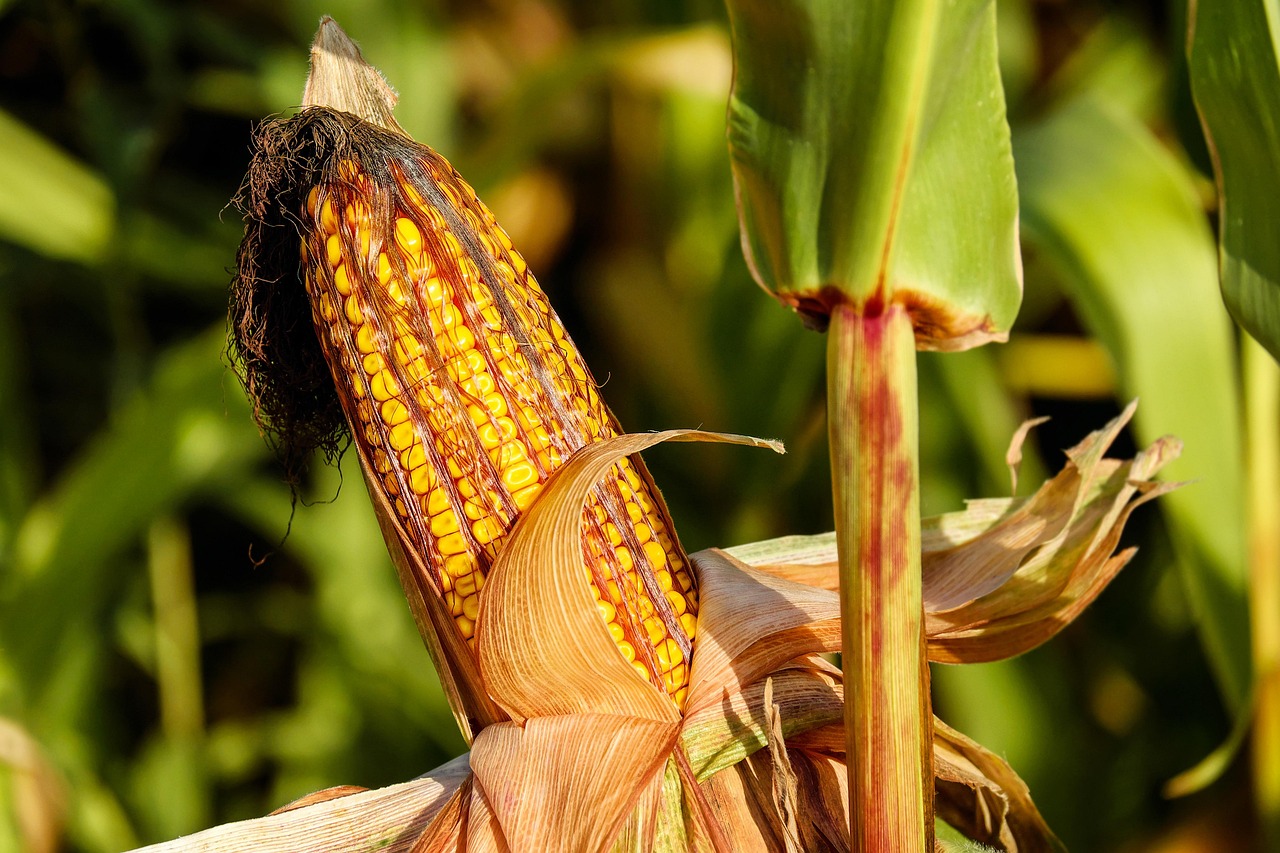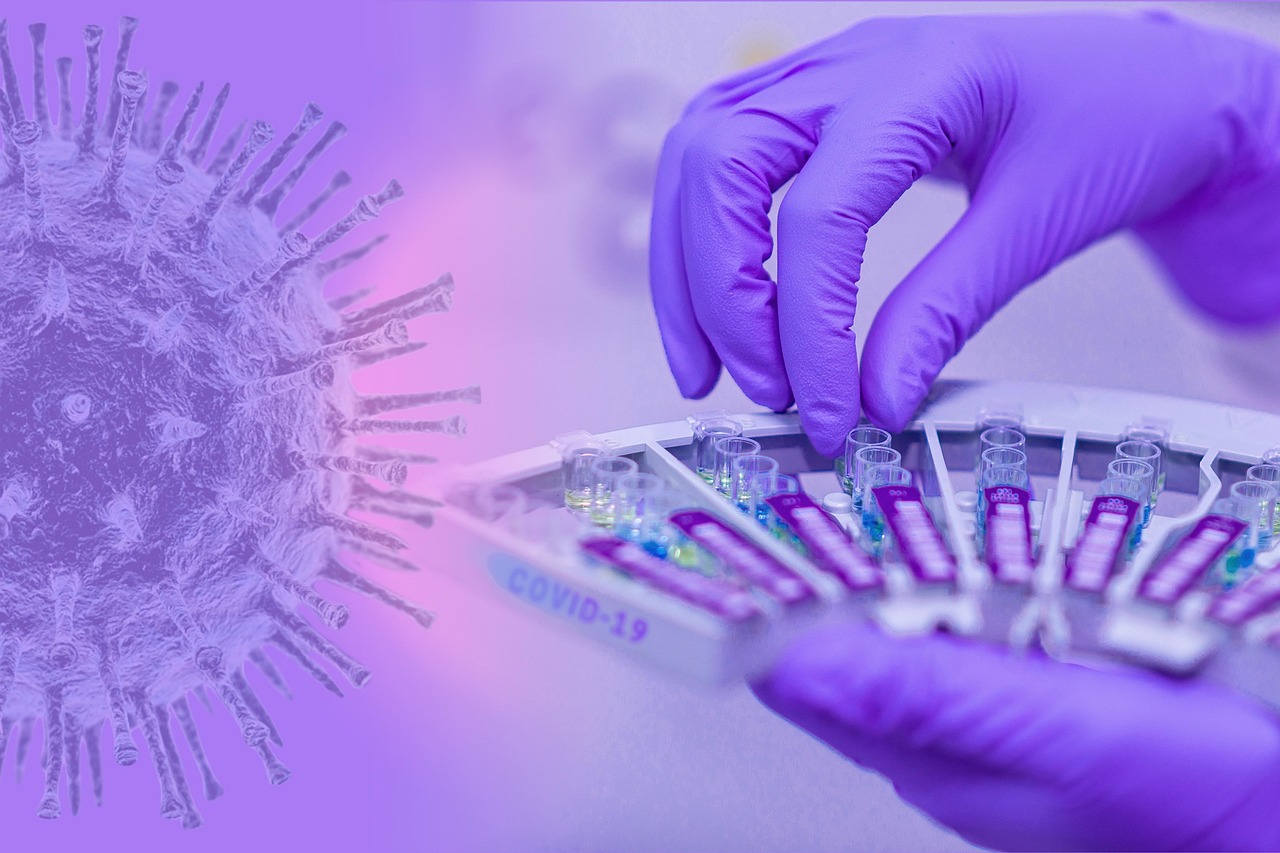Tolerance levels for certain pesticides have been increasing over the years in the US as companies producing pesticides demand higher legal limits. The EPA has approved several increases permitted, for example, for residues of glyphosate in food. US and EU have different limits. The safety of pesticide residues in food is a subject of debate for many independent scientists.
FDA Analysis
The Food and Drug Administration has published its latest annual analysis of pesticide levels in fruits and vegetables.
More than 50 pages report that traces of pesticides collected across the US were found in 84 percent of domestic fruit samples, 53 percent of vegetables, 42 percent of cereals, and 73 percent of other foods.

The analysis also gives concrete examples of how many percent of the samples were positive for pesticides: 94 percent grapes, grape juice and raisins, 99 percent strawberries, 88 percent apples and apple juice, 33 percent rice products.
In the latest FDA analysis, only 3.8 percent of domestic foods had residues that were illegally high.10.4% samples of imported food exceeded the permitted amount of pesticides.
Impact on Health
The FDA has found traces of the banned insecticide DDT in food samples that is associated with breast cancer and infertility. It also discovered the insecticide chlorpyrifos, which has been scientifically proven to cause neurodevelopmental problems in young children.
Glyphosate under the name Roundap causes liver disease. 2,4-D and g lyphosate herbicides, which have also been found in samples, are associated with cancer and other health problems.

A team of Harvard researchers is asking for in-depth research into the possible link between disease and pesticide consumption, as it estimates that more than 90 percent of people in the US have pesticide residues in urine and blood as a result of eating pesticide coated foods.
Independent Report Needed
The Cast Science report states that “there is no direct scientific or medical evidence to suggest that typical consumer exposure to pesticide residues presents a health risk. Pesticide residue data and exposure estimates usually show that food consumers are exposed to levels of pesticide residues that are several orders of magnitude lower than those potentially harmful to health. “
The three authors of this report are closely related to the agrochemical industry.
Another unanswered question is why US and EU permitted limits differ several times. For example, the legal limit for glyphosate in the US is 0.2 parts per million (ppm) per apple, while – 0.1 ppm is allowed per apple in the European Union. The US also allows 5 ppm glyphosate residues on maize, while the EU only allows 1 ppm.
Source and credit: https://www.ecowatch.com/pesticides-fruits-vegetables-fda-health-2641133675.html?rebelltitem=3#rebelltitem3, skeeze/Pixabay




